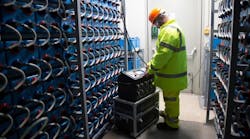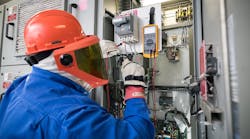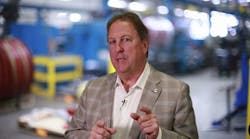In Part 1, we observed that excessive moisture can cause a motor to run hot. But this assumes the motor will start in the first place. If the moisture is bad enough, the motor won’t even do that.
Using a vented motor in a wet location is one reason this can happen. Sometimes “wet location” is not obvious to the original specifier.
Perhaps the motor serves a location where the process is dry. That doesn’t mean the location is always dry.
It might be outdoors, or it might be subject to wash down by operators using hoses. In the latter case, it means operators must pay special attention to the vents. You can’t assume that water simply will fall gently over the top of the motor and a drip shield will prevent moisture saturation.
Before specifying a motor, make a thorough assessment of the conditions it is likely to face in the particular application. An unanticipated wash down for an incorrectly specified motor can result in significant downtime.




